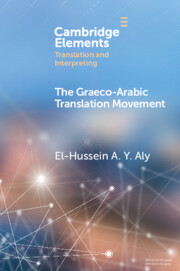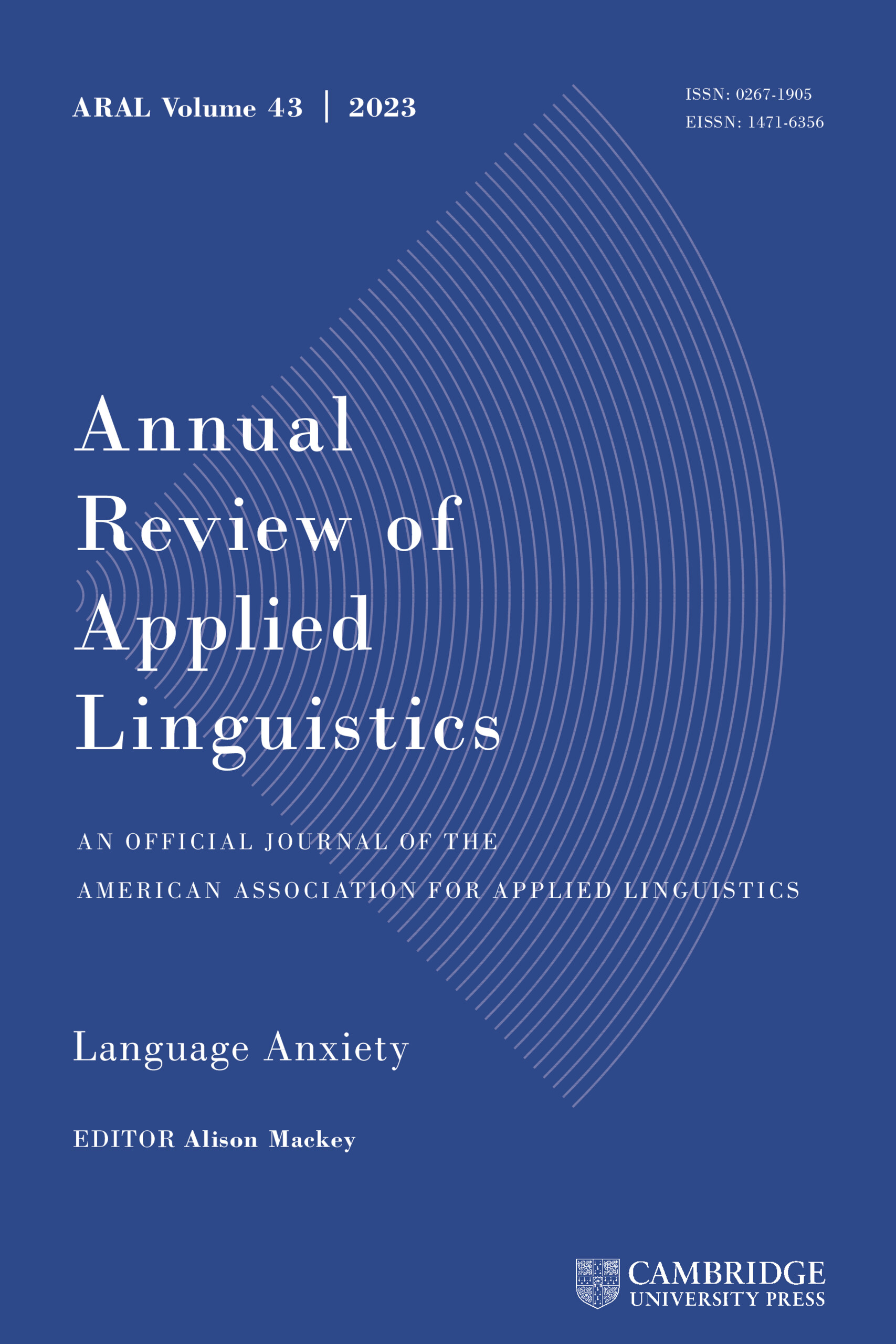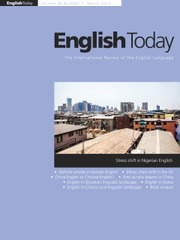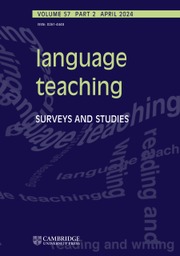The Graeco-Arabic Translation Movement
To encompass the history of Arabic practice of translation, this Element re-defines translation as combination, a process of meaning-remaking that synthesizes multi reality. The Arabic translators of the Middle Ages did not simply find an equivalent to the source text but combined its meaning with their own knowledge and experience. Thus, part of translating a text was to add new thought to it. It implies a complex process that Homi Bhabha calls “cultural hybridity,” in which the target text combines knowledge of the source text with knowledge from the target culture, and the source text is different from the target text “without assumed or imposed hierarchy.” Arabic translations were a cultural hybridity because the translators added new thought to their target texts, and because saw their language as equal to the Greek.
Product details
July 2023Adobe eBook Reader
9781009385619
0 pages
This ISBN is for an eBook version which is distributed on our behalf by a third party.
Table of Contents
- 1. Introduction: toward a new definition of translation
- 2. The Graeco-Arabic translation movement: historical background
- 3. The golden age of the Abbasids
- 4. Key characteristics of Arabic translation in the medieval period
- 5. Translation competence
- 6. Toward a definition of Arabic translation in the medieval period
- 7. A model of Arabic translation analysis
- 8. How Arabic translation changed
- bibliography.









